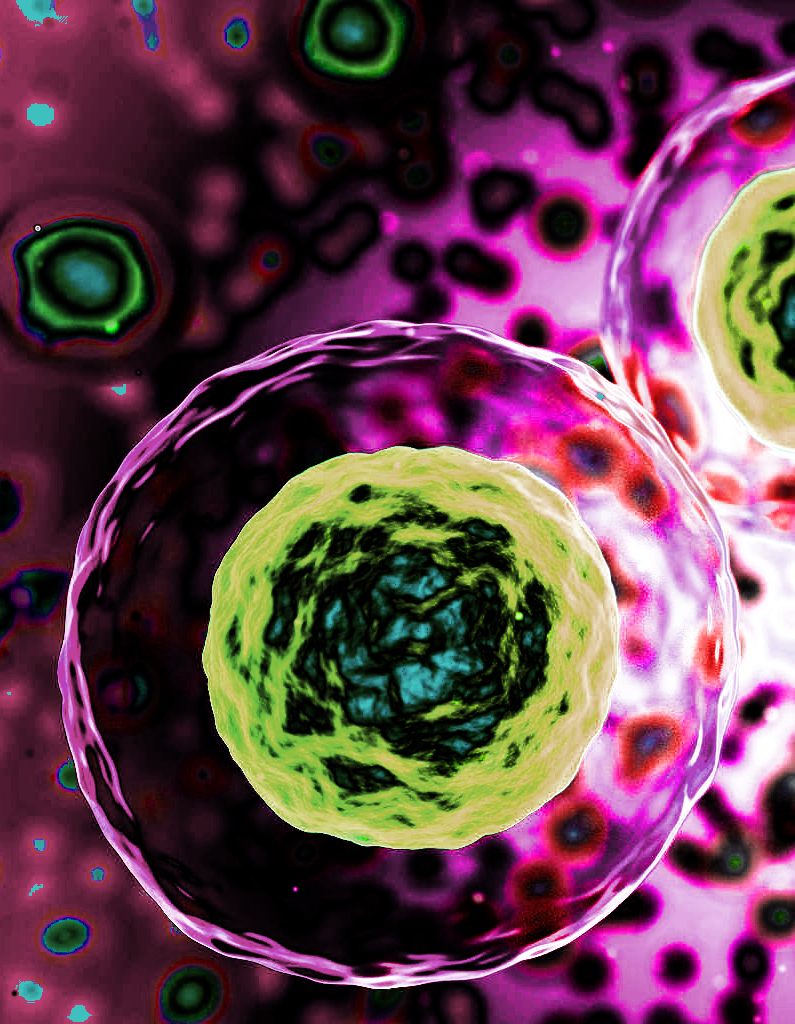Soft sensors studied
 Researchers at QUT are exploring ways to use organic transistors as wearable health sensors.
Researchers at QUT are exploring ways to use organic transistors as wearable health sensors.
The currently available bioelectronic devices that can be embedded with the human body, such as pacemakers, are mostly based on rigid components
However, next-generation devices – which are researched and developed by bioelectronic engineers, organic chemists, and materials scientists – are using soft organic materials that allow comfortable wearability as well as efficient monitoring of health.
Dr Ali Nawaz says certain characteristics of organic electrochemical transistors make them particularly suitable to be operated within a living organism.
“In doing so, we demonstrate their great potential to expand the horizons of the bioelectronics industry, and highlight their role in a wide range of applications, including electrophysiology, neuron stimulation and neurotransmitter detection, wearable and implantable applications, and regulation of plant processes,” Dr Nawaz said.
QUT researcher Professor Prashant Sonar says soft organic transistors could revolutionise the future technology as it would be possible to implant them within a living body and monitor the health of human beings, animals, and even plants.
“Much of the work at this stage concerns the development of the fundamental science of suitable organic materials,” Professor Sonar says.
“But the aim, in the next decade or so, is to have transistors mounted on flexible plastic that can be implanted in the body and be monitored externally, such as through a Bluetooth connection.
“There are other challenges that are currently the focus of further research, such as ways of powering these devices, perhaps through wireless charging or through the movement of a person.
“Much work needs to be done before this technology becomes ubiquitous. But our review of the research so far shows that a strong foundation has already been laid in this field.
“In the future, the application of organic electrochemical transistors could bring real innovations, in areas such as implantable medical devices that provide constant health monitoring and advanced agricultural practises such as reducing agriculture-related water consumption.”








 Print
Print